There are many forms of dog aggression. The distinguished police dog trainer Ed Frawley of Leerburg Kennels names 16 forms in his training guides, accounting for everything from the dog抯 gender, to their possessiveness, territoriality, dominance, or fear. The residential dog owner doesn抰 necessarily need to be so academic, but they should always be able to recognize aggression and deal with it appropriately. Aggression is always one step away from a dog bite, which is itself one step away from a vet bill and a lawsuit.
The common signs of aggression are growling, snarling, barking, curled lips, lunging and an overall menacing posture, where the dog is tensed and ready to snap. (Note: there is also something known as a 搒ubmissive smile?exhibited by some dogs, whereby the animal actually shows its teeth as it approaches. I抳e seen this behavior confuse many owners, but it can be dismissed as such by the dog抯 lowering its head as it 搒miles,?and often wag its tail too). There are other indications, such as jumping or mounting, or even standing in your way that are much less of a problem and often go ignored when not accompanied by the other more severe signs.
One of the most often misunderstood forms of aggression is that which arises in older dogs all of a sudden, especially when those dogs have been docile, even submissive, for most of their lives. This can be upsetting, as it seems like your dog is turning all Jekyll and Hyde on you.
First of all, don抰 worry or think that you need to be afraid of your friend. You should be able to narrow down the cause when you think about the situation you were in when the aggression manifested itself. If the dog reacted badly to a younger dog or even a puppy, chances are your dog is acting out of new sense of a challenge to their pack status. Even if you never had problems of this kind before, a young and over-energetic dog can pose a challenge to an older dog that can no longer keep up, even if the only thing on the young dog抯 agenda is play.
Older dogs in particular may enjoy puppies, but because of their increased age and decreased endurance, they will only tolerate them for a time. After a self-determined 揼race period,?they will let the puppy know they抳e had enough in a firm and forceful way. In most cases, this message is sent with a snap that is 揳ll bark and no bite.?
In addition, one of the most common 揾idden?causes of aggression in older dogs is the onset of arthritis, which makes them not only less able to engage with other dogs, but also potentially vulnerable and defensive as a result. Stiffness in the morning, a reluctance to jump up into cars or their favorite chair, and general lethargy are all early signs of joint pain. Arthritis in dogs is unfortunately very common, a result of genetic factors, diet, or even over-exercise. If arthritis is causing a dog pain, then they can lash out not only at other dogs, but also at you.
See your vet if arthritis is a possibility, as there are plenty of steps you can take to address the problem, from dietary supplements to massage and acupuncture, and a revamped exercise regimen. Anti-inflammatory drugs are effective but best left as a last option (they cost a good bit and they can be rough on the dog抯 stomach).
Other medical reasons can cause aggression in older dogs, such as thyroid gland problems and possible brain tumors. These are rare cases, but they do happen. Dogs live and learn by routine and tend to act 搃n character.?Therefore, in general any sudden and sustained behavioral change to your dog should be investigated.

 Cat Breeding - Helping Your Kittens To Grow Up
Cat Breeding - Helping Your Kittens To Grow Up
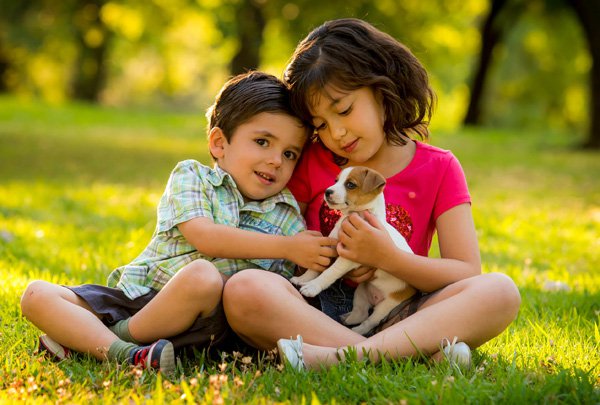 Dog umbrellas and other necessary pet accessories for the summer
Dog umbrellas and other necessary pet accessories for the summer
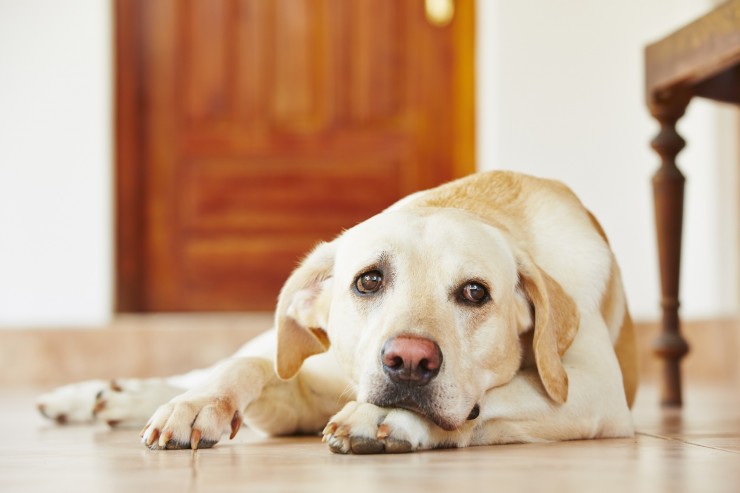 3 Smart Ways Of Making Sure Your Pet Is Happy When Youre Not Around!
3 Smart Ways Of Making Sure Your Pet Is Happy When Youre Not Around!
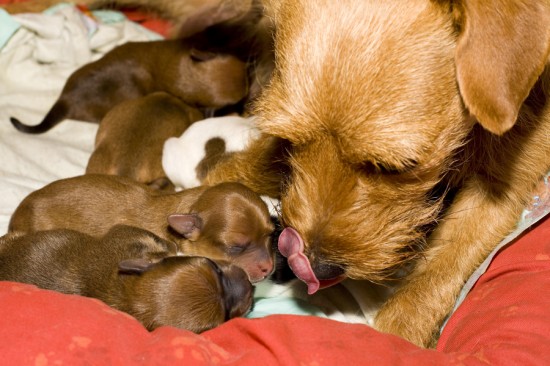 Breeding From Your Dog - The First Stages Of Labour
Breeding From Your Dog - The First Stages Of Labour
 Cooling Your Dog Down After Exercise
Cooling Your Dog Down After Exercise
 Does Your Dog Bark At Absolutely Nothing?
Does Your Dog Bark At Absolutely Nothing?
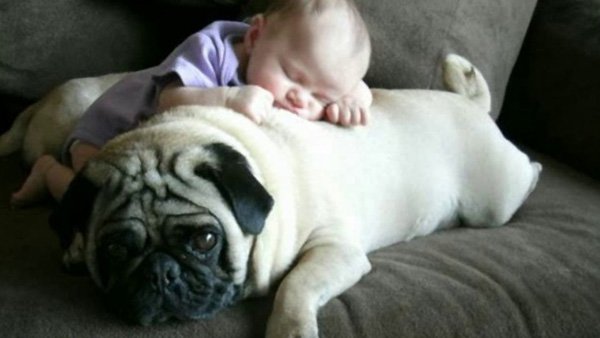 Tips forMaking Your Pet Dog Feel Happy and Healthy
Tips forMaking Your Pet Dog Feel Happy and Healthy
Tips forMaking Your Pet Dog Feel Happy and Healthy
Tips forMaking Your Pet Dog Feel Happy and Healthy
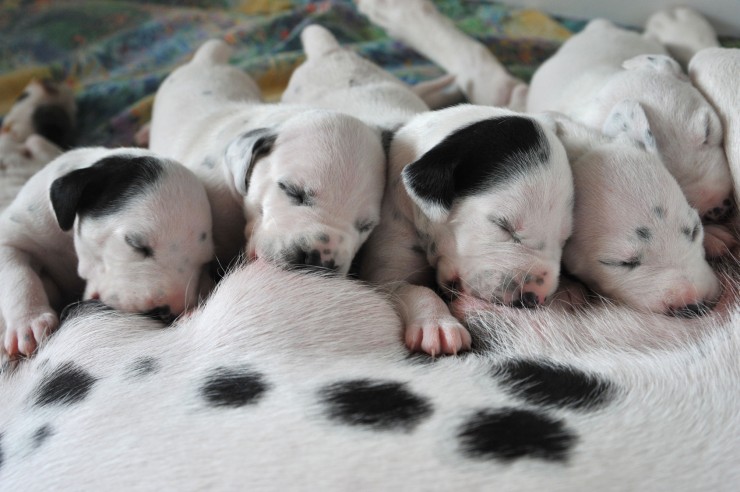 Assessing The Potential Buyers Of Your Pedigree Puppies
Assessing The Pot
Assessing The Potential Buyers Of Your Pedigree Puppies
Assessing The Pot
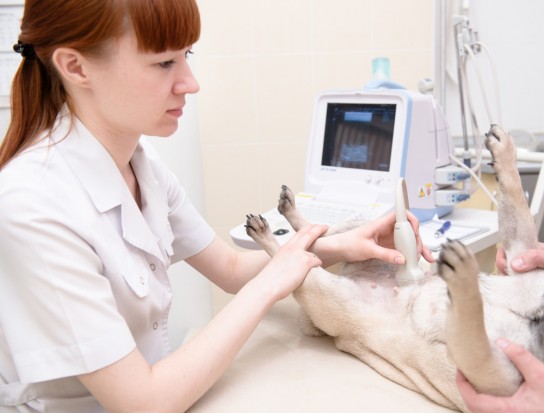 Unwanted Pregnancies In Dogs - What You Should Do
Unwanted Pregnanc
Unwanted Pregnancies In Dogs - What You Should Do
Unwanted Pregnanc
 Keeping Pet Rodents Safe And Happy At Christmas
Keeping Pet Roden
Keeping Pet Rodents Safe And Happy At Christmas
Keeping Pet Roden
 Is Self-insurance A Viable Alternative For Pet Owners?
Is Self-insurance
Is Self-insurance A Viable Alternative For Pet Owners?
Is Self-insurance